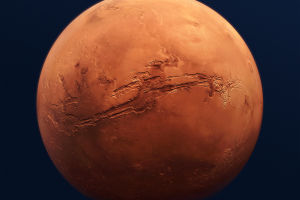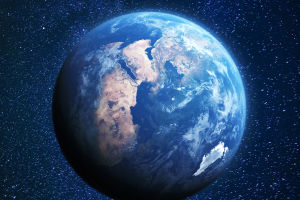In 1610, Galileo observed Saturn with his telescope. What he found: Unlike other planets, Saturn has strange ear-shaped objects on both sides.
The telescope made by Galileo at that time was not good enough to see that it was a ring. Therefore, it is speculated that it is an object similar to an ear.
Some 50 years later, Dutch astronomer, Christian Huygens discovered that ear-like objects around Saturn were rings.
As the second-largest planet in the solar system after Jupiter, Saturn is characterized by huge and mysterious rings around it.
Resembling a "vinyl record," Saturn's rings are made of grains of various components, including ice.
These rings, a uniform mix of fist-sized to house-sized particles, are distributed about 70,000 to 140,000 kilometers above Saturn's surface.
Many hypotheses have been proposed regarding the timing of the ring formation. One of the most popular claims is that it was formed about 4.5 billion years ago in the earliest days of the solar system.
Some, such as comets and asteroids, are thought to have broken up due to their proximity to Saturn. Fragments of them become part of the ring. The basis for this hypothesis is the comet Shoemaker-Levy 9 that collided with Jupiter in 1994.
Although this hypothesis can answer how the giant ring was formed, it cannot answer whether the ring can be maintained for 4.5 billion years.
Scholars at the Massachusetts Institute of Technology recently released the conclusions of a new study. Based on observational data sent by the Saturn probe Cassini, they made a completely different argument from previous assumptions about the process and timing of Saturn's ring formation.
Saturn's rings are not as heavy as expected, according to researchers at the Massachusetts Institute of Technology. Saturn's icy state is relatively clean.
They are the remains of about 80 satellites of Saturn, which were broken by Saturn's gravity and revolved around Saturn in the form of fragments.
You can understand that when the moon is broken by the gravitational influence of the earth, the broken pieces start to revolve around the earth and finally form a ring.
Although this view is endorsed by many researchers, it has been questioned.
NASA researcher Jack Lissauer said when talking about the correlation between the formation process of Saturn's rings and the rotation axis: "This is an interesting argument, but some places still need to be added."


